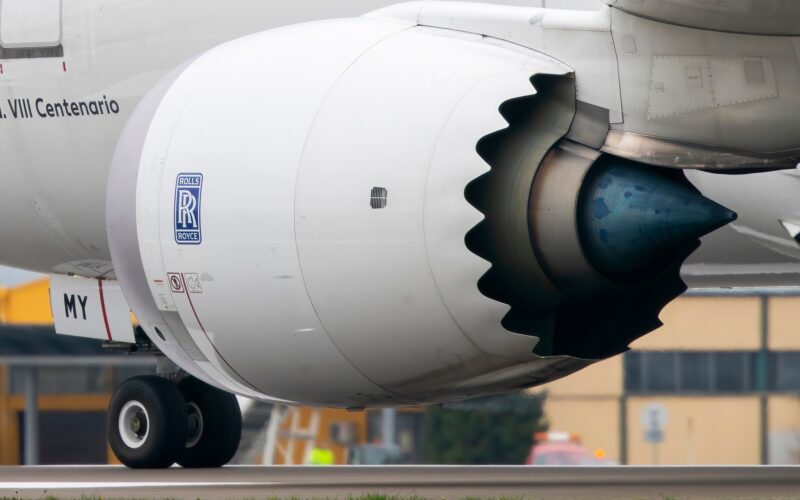The European Union Aviation Safety Agency (EASA) has issued a Proposed Airworthiness Directive (PAD) regarding the Rolls-Royce Trent 1000 engine, used exclusively on the Boeing 787 Dreamliner.
The PAD would apply to all Trent 1000 engines and the affected part, namely the intermediate pressure (IP) Stage 8 (IP8), high pressure (HP) Stage 3 (HP3) air transfer tubes and front bearing housing IP8 air feed tubes, including the tube connectors.
According to EASA, while the Rolls-Royce Time Limits Manual (TLM) for the powerplant has instructions for visual inspections to determine the integrity of said air system tubes “at intervals consistent with exposure assumptions used in critical part life assessments”, the intervals of some of the inspections are shorter than the planned refurbishment interval shop visits for the Trent 1000. As such, “it was therefore determined that certain more frequent inspections are necessary”.
“This condition, if not detected and corrected, affects the engine internal cooling and sealing flows, possibly resulting in affected part failure, with consequent damage to the engine, and reduced control of the aeroplane,” continued EASA’s PAD. Furthermore, Rolls-Royce issued an Alert Non-Modification Service Bulletin (NMSB) to address the issue and provide instructions on how to alleviate it.
Operators will be required to inspect the engine and the affected part during the next qualified engine shop visit after the effective date of the AD, which is yet to be disclosed. Subsequently, the engines should be inspected during the next visit to an overhaul shop at intervals not exceeding 1,000 engine flight cycles.
If, on the effective date of the directive, an engine is already in an overhaul shop where the re-assembly has not yet started, it will be necessary ”to accomplish the inspection before release to service of the engine,” noted EASA.
To address the condition, if during an inspection “cracking, damage or any sign of air leakage wear is found, before release to service of the engine, replace the affected part(s) with serviceable parts in accordance with the instructions of section 3 of the NMSB,” concluded the safety agency.
Consultation for the PAD will close on April 20, 2023, until which time operators are able to submit their enquiries regarding the directive.
According to ch-aviation.com data, there are 367 Boeing 787s either actively flying, stored, or currently under maintenance with 28 airlines globally. Meanwhile, there are 677 Dreamliners with 47 airlines that use the General Electric (GE) GEnx engines across the globe.
The Rolls-Royce Trent XWB and Trent 7000 engines, derivatives of the Trent 1000, are found on the Airbus A350 and A330neo, respectively.

